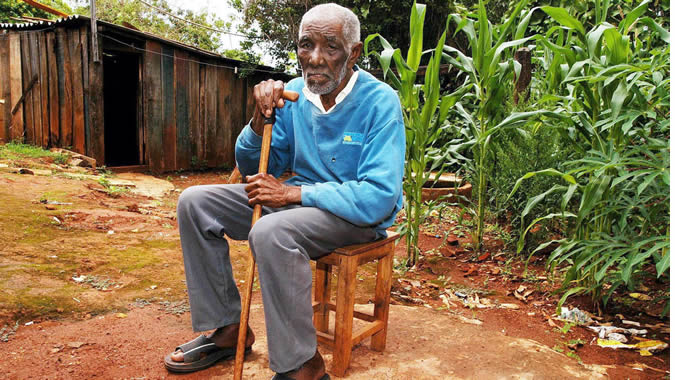21st Century Will Be Marked by the Aging of the Region's Population
Work area(s)
ECLAC study reviews demographic trends that will be discussed at the first meeting of the Presiding Officers of the Regional Conference on Population and Development in Latin America and the Caribbean.

(12 November 2014) The 20th century in Latin America and the Caribbean was characterized, in demographic terms, by population growth, while the 21st century will be marked by aging due mainly to lower fertility rates and longer life expectancy, according to a new report by the Economic Commission for Latin America and the Caribbean (ECLAC).
The study The New Demographic Era in Latin America and the Caribbean: Time for Equality According to the Population Clock (only available in Spanish) is one of the reference documents for the first meeting of the Presiding Officers of the Regional Conference on Population and Development in Latin America and the Caribbean, which is being held from today until Friday, November 14 at ECLAC's headquarters in Santiago, Chile.
According to the report, the region was home to 512 million people in 2000, up from 161 million in 1950. Estimates for this century forecast an increase to 734 million by 2050, although the population is expected to decrease by 2100 to 687 million. All in all, the main changes in the population's age structure will be observed due largely to the aging process.
Life expectancy at birth is seen rising to 74.7 years of age in the current five-year period (2010-2015), which is about five years below the level registered in the most developed countries. This contrasts with a life expectancy of 55.7 years of age in the period 1950-1955, which lagged behind developed regions' average by more than 10 years. Therefore, life expectancy in the region rose by 23 years over the last six decades and the gap with the most highly developed areas was cut in half.
This increase in this indicator largely reflects the decline in mortality at an early age, especially infant mortality.
Regarding births, Latin America and the Caribbean has passed from having among the world's highest reproductive indices, with a total fertility rate (TFR) of almost six children per woman in 1950-1955, to a level below 2.2 children per woman in the current five-year period, which is slightly below the global median (2.3).
In addition, it is estimated that in 2040 life expectancy will surpass 70 years of age and total fertility rates will be below three children per woman in all Latin American and Caribbean countries. According to the report, this situation entails new challenges for the region in terms of taking advantage of these demographic opportunities to reduce inequality.
That will depend on measures taken in the macroeconomic arena, with regard to productive transformation and progressive tax systems, as well as in the political and social spheres, through expanded and improved education and social protection.
In that sense, the report contends that the reduction in the proportion of children and youth allows states to extend to everyone the benefits of a high-quality education-which was available to just a small minority before-but it also warns that the aging of the population poses challenges related to the functioning and viability of current pension systems.
These demographic trends will be analyzed during the first meeting of the Presiding Officers of the Regional Conference on Population and Development in Latin America and the Caribbean, which was inaugurated today by ECLAC's Deputy Executive Secretary, Antonio Prado; the Deputy Regional Director for Latin America and the Caribbean of the UN Population Fund (UNFPA-LACRO), Esteban Caballero; and Uruguay's Undersecretary of Health, Leonel Briozzo, in his role as President of the Presiding Officers.
The Regional Conference on Population and Development in Latin America and the Caribbean held its first meeting in August 2013 in Uruguay, where ECLAC's member states and associate members adopted the Montevideo Consensus on Population and Development, which lists about 100 priority measures in nine areas, including aging, gender equality, indigenous peoples, and sexual and reproductive health.
The Presiding Officers of the Regional Conference will analyze this week the progress made on the implementation of the Montevideo Consensus and will start preparations on this process's specific orientations, its measurement indicators and monitoring systems. The final product of this work is expected to be approved at the second meeting of the Regional Conference, scheduled for October 2015 in Mexico.
More information:
● See document The New Demographic Era in Latin America and the Caribbean: Time for Equality According to the Population Clock (only available in Spanish).
● See document Guaranteeing indigenous people's rights in Latin America: Progress in the past decade and remaining challenges.
Related link(s)
Country(ies)
- Latin America and the Caribbean
Contact
Public Information Unit
- prensa@cepal.org
- (56 2) 2210 2040
